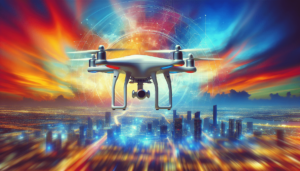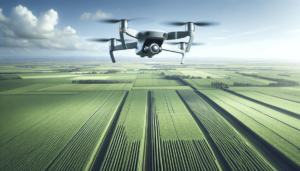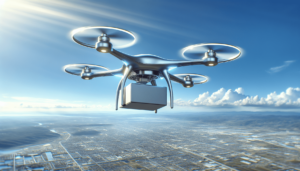Have you ever envisioned a future where you can seamlessly fly over traffic jams in an air taxi while sipping a comforting cup of coffee? As we stand on the precipice of a new era in urban mobility, the potential for such a future is becoming increasingly plausible. With recent advancements in drone technology, urban air mobility (UAM) might soon transition from science fiction to everyday reality. The question begs: are air taxis finally within our grasp, and what role will drones play in this shift?
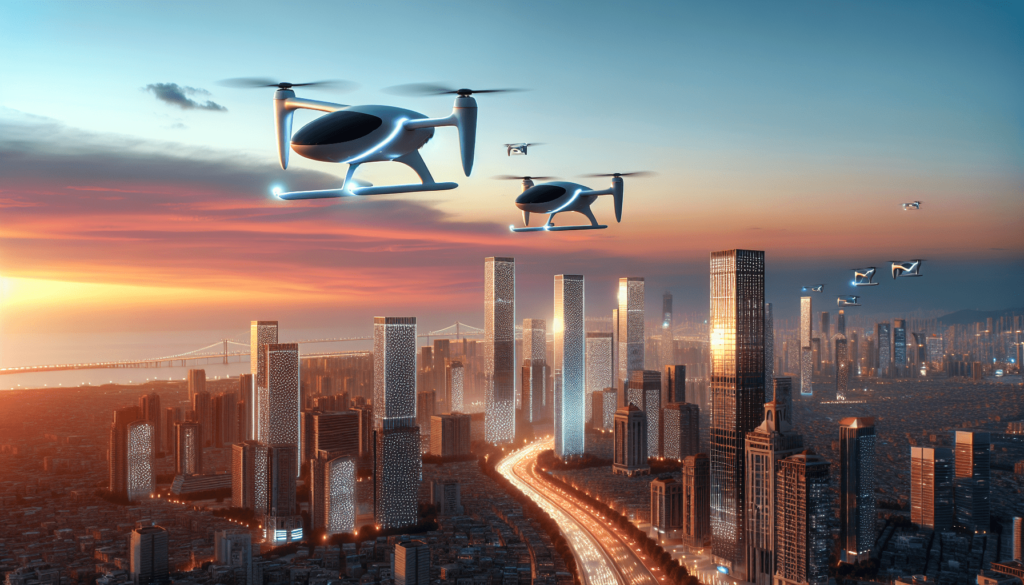
The Advent of Urban Air Mobility
Urban mobility has long been dominated by land-based vehicles, yet our cities are more congested than ever. Whether it’s the daily commute or the weekend rush, navigating urban landscapes has often been a test of patience. Enter drones and their burgeoning potential to transform the very fabric of city transportation.
Understanding Urban Air Mobility (UAM)
Urban Air Mobility is a concept that aims to use air space more efficiently to help reduce ground traffic. It entails the development of air transit systems that leverage technologies such as drones and other vertical take-off and landing (VTOL) aircraft. The goal? To revolutionize short-distance travel by integrating air taxis into existing transport systems.
Historical Context: Flight and Urban Travel
Historically, the idea of air taxis dates back several decades but always seemed out of reach due to technical and regulatory constraints. Early visions of flying cars presented during world fairs and in science fiction literature captured the public’s imagination yet never quite took off—literally or figuratively. Today, advancements in technology and shifts in regulatory landscapes are reigniting these dreams.
The Role of Drones in UAM
Drones have moved beyond their initial applications in military and recreational scenarios to become pivotal players in the commercial and transportation arenas. But how exactly do drones fit into the urban air mobility puzzle?
Technological Advancements in Drone Technology
Drones today are not what they were a decade ago. They are equipped with advanced navigation systems, capable of semi-autonomous flight, and have innovative designs that allow for quiet operation and vertical takeoff. These capabilities make them ideal for deployment as air taxis within urban environments.
Safety Considerations
The safety of operating air taxis remains a top priority. Drones offer several technical features that can address these concerns, such as redundant systems for critical flight operations, advanced sensors for collision avoidance, and innovations in battery life and stability mechanisms.
Infrastructure Requirements
For drones to operate as effective air taxis, they require specific infrastructure, including landing and charging pads strategically situated throughout urban areas. Developing this infrastructure is one of the most significant challenges facing UAM.
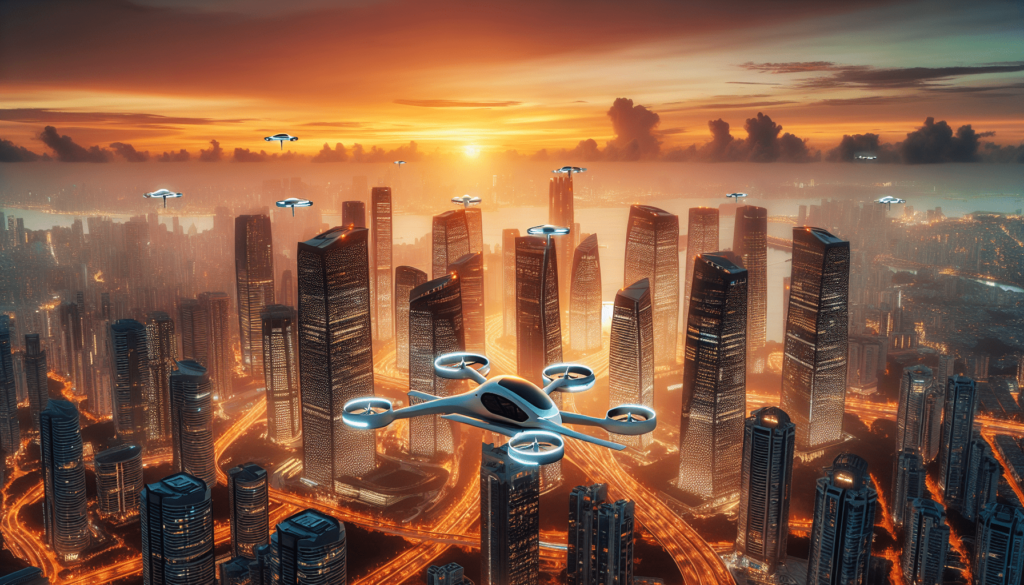
Benefits of Air Taxis
By now, you might be curious about what tangible benefits air taxis will bring to our urban lives. Well, envisage reduced travel times, lower emissions, and enhanced connectivity across sprawling urban landscapes.
Speed and Efficiency
One of the primary advantages of air taxis is their ability to bypass ground traffic entirely, thus drastically reducing travel time across cities. In a world where time is money, the efficiency gains from using air taxis can be immense.
Environmental Impact
With many air taxis designed to be electric, the shift from traditional forms of transportation to drone-assisted UAM can significantly reduce carbon footprints. This aligns seamlessly with global initiatives to combat climate change by lowering urban pollution levels.
Accessibility and Connectivity
Air taxis could bridge mobility gaps in congested areas or regions with limited land transport options. This accessibility can enhance economic productivity and improve quality of life by making urban centers more connected.
Challenges and Barriers to Implementation
While the sky is the limit for UAM and drones, several challenges still loom. From regulatory hurdles to societal acceptance, implementing air taxis is not without its complexities.
Regulatory Environment
Currently, aviation regulations are primarily tailored for traditional aircraft. There exists a need for new regulatory frameworks that encompass the unique specifications of air taxis, focusing on safety, air traffic management, and pilot training.
| Regulatory Aspect | Current Status | Required Action |
|---|---|---|
| Aircraft Certification | Based on traditional aircraft models | New criteria for VTOL and drone designs |
| Air Traffic Management | Limited to large aircraft and helicopters | Systems for low-altitude airspace |
| Pilot Training | Conventional training models | Tailored programs for drone operation |
Public Perception and Acceptance
Adopting air taxis in urban spaces will also require a shift in public perception. Factors such as safety, privacy, and noise pollution must be addressed to earn societal acceptance and trust in flying over city landscapes.
Technological and Economic Hurdles
The technological infrastructure for UAM, including charging stations and air traffic control systems, remains in its infancy. Moreover, economic viability must be ensured for both operators and consumers, requiring substantial investment and coordination.
Global Initiatives and Future Prospects
Now that we’ve established both the potential and hurdles of air taxis, let’s consider the global landscape. Different regions are taking varied approaches to incorporate drones into urban air mobility, indicating a promising future on the horizon.
Current Examples Around the World
Countries around the globe are investing in UAM development. For instance, Dubai aims to become a leader in deploying air taxis, with numerous trial programs currently underway. In the United States, companies like Uber Elevate are pioneering partnerships with aviation firms to create urban transport networks.
Future Innovations and Collaborations
Advancements in AI, machine learning, and telecommunications will further empower the evolution of air taxis. Collaborations between tech companies, governments, and academia will likely pave the way for quicker integration into urban landscapes.
The Path Forward
In concluding this exploration of air taxis and their future role in urban mobility, the outlook is cautiously optimistic. Much like the early days of powered flight, the journey towards everyday air taxis is fraught with challenges but is buoyed by unprecedented opportunity. For urban planners, technologists, and travelers alike, the impending age of urban air mobility promises to transform not just how we travel, but how we live in our cities.
As we stand on the brink of this new chapter in transportation history, only time and innovation will illustrate whether drones can indeed deliver the promise of air taxis in our ever-evolving urban skies.
